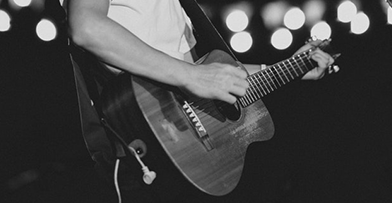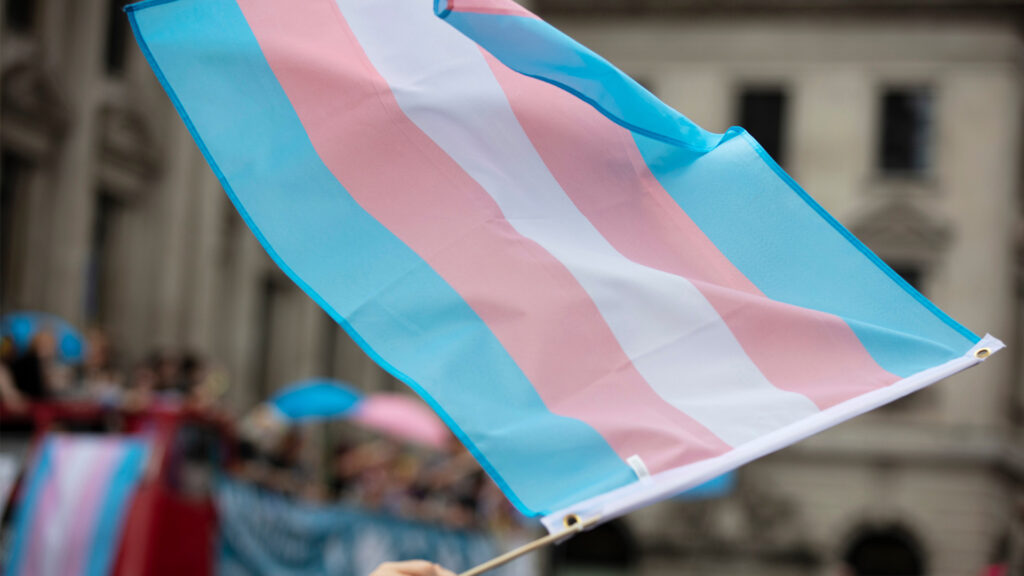In 2016, Sheeran was sued by the estate and heirs of late music producer Ed Townsend claiming that Sheeran had infringed the 1973 hit “Let’s Get it On” by Marvin Gaye (co-written produced by Townsend) with his 2014 hit “Thinking Out Loud”. Structured Asset Sales, who own a third of the Townsend estate, filed its own lawsuit against Sheeran in June 2018 – see our article.
The Judge, in his decision on 4 January 2019 stated that he found “substantial similarities between several of the two works’ “musical elements” including base lines, percussion and “aesthetic appeal” and that a jury should decide if this is enough to constitute copyright infringement.
The Judge also noted that a jury may be “impressed by footage of a Sheeran performance which shows him seamlessly transitioning between the songs”.
In America, the test under the Copyright Act is that there needs to be:
- Access: a question of whether the defendant ever heard or could reasonably be presumed to have heard the song at some point before creating the allegedly infringing song; and / or
- Substantial similarity: the court will look objectively at what parts of the song were allegedly copied.
Technology in music means that, with more singers and songwriters using similar chord patterns, the lines of originality can be blurry. There is frequent disagreement on what aspects of the creative process, and of its products, can and should be protected by copyright law.
A New York jury will now get the chance to weigh in on the limits of an artist’s creative freedom and the reach of copyright protection. When the first case of this kind was brought – against Pharrell Williams and Robin Thicke over ‘Blurred Lines’ (also copying a Marvin Gaye song) – over 200 artists clubbed together to support them, sensing the potential for similar actions. It will be interesting to see whether the jury’s decision will further open the floodgates of claims being brought against modern artists.
We will keep you posted with any further updates…



